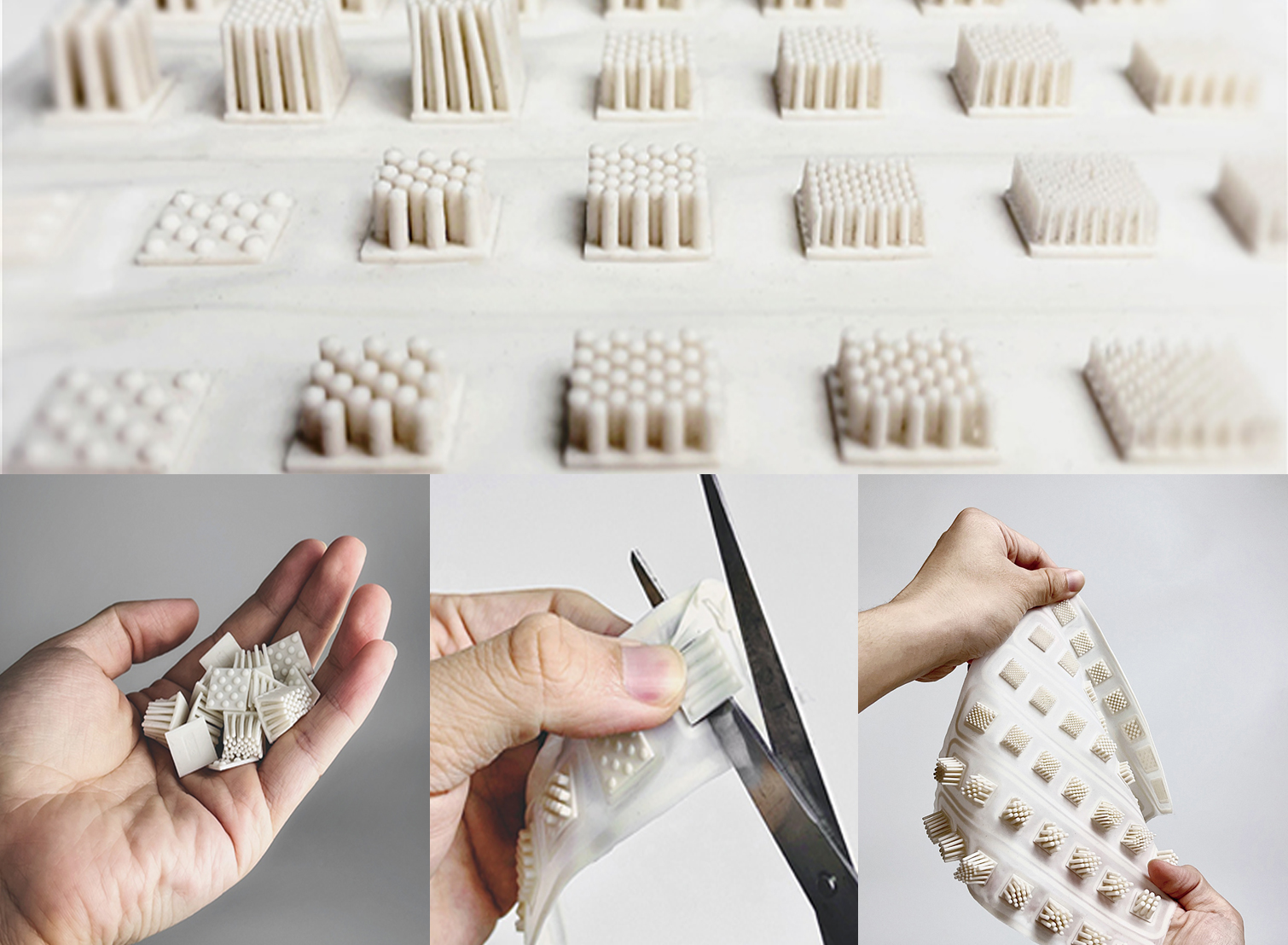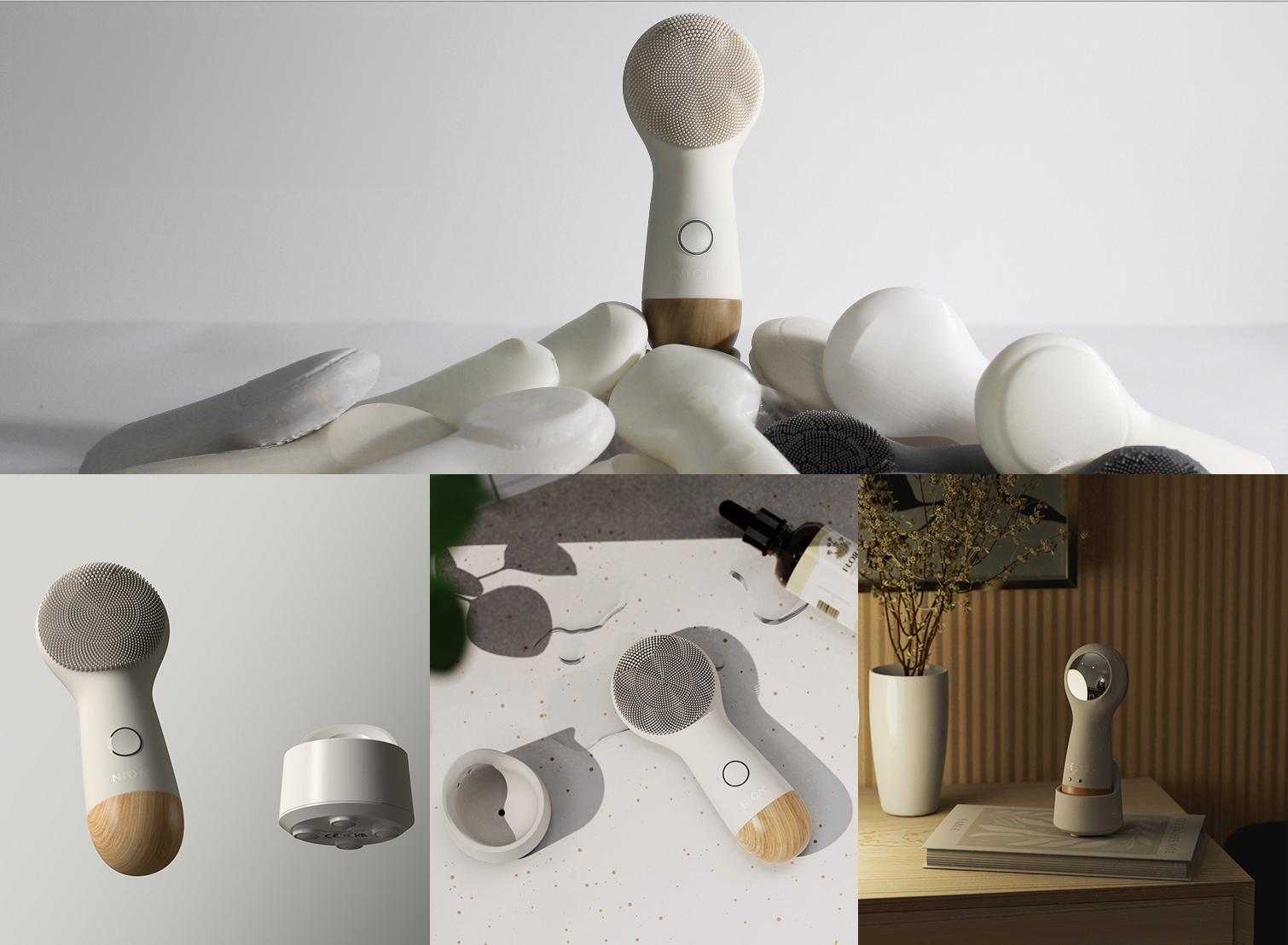Sustainable products are in higher demand than ever as consumers increasingly prioritize eco-friendly choices. Businesses are under pressure to design products that meet environmental standards without compromising quality or cost-effectiveness. Balancing these factors is crucial for long-term success in today’s market.
How can companies strike the right balance between cost and quality while staying committed to sustainability?
Defining Sustainable Product Design

Sustainable product design focuses on minimizing environmental impact throughout a product’s lifecycle, from material sourcing to disposal. It involves using renewable, recycled, or biodegradable materials, reducing waste, and optimizing energy efficiency to lower the overall carbon footprint.
Material choice is key to sustainability and product quality. Eco-friendly materials like recycled plastics or biodegradable alternatives reduce environmental harm but must still meet durability and performance standards.
With growing consumer demand for eco-conscious products, businesses are increasingly focused on sustainability. Consumers are willing to pay more for products that align with their values, giving companies a competitive edge when they balance sustainability with cost and quality.
Cost Trade-offs in Material Selection

The Higher Cost of High-Quality Recycled Materials
High-quality recycled materials often come with a higher price tag due to the additional steps involved in processing and sorting. The need for careful quality control, cleaning, and certification to meet industry standards increases costs compared to using traditional, virgin materials. Initial expenses for recycled materials can be significantly higher, as manufacturers may need specialized suppliers and production adjustments to maintain consistent quality.
Long-Term Savings with Sustainable Materials
While the upfront costs of sustainable materials may be higher, they can lead to long-term savings. These materials often improve production efficiency, reduce waste, and help businesses meet regulatory compliance, which can lower future costs. Additionally, companies can benefit from tax incentives and premium pricing as consumers are increasingly willing to pay more for eco-friendly products. By integrating sustainable materials, businesses not only cut operational costs over time but also strengthen their brand’s appeal to environmentally conscious customers.
Quality Considerations in Sustainable Product Design

Performance and Durability of Recycled Materials
High-quality recycled materials can offer comparable durability and performance to traditional materials, but they often come with some limitations. While recycled plastics or metals can match the strength and longevity of virgin materials, they may not always provide the same level of consistency, which can impact product reliability. On the other hand, using recycled materials reduces environmental impact and can meet the growing consumer demand for eco-conscious products, making them a valuable option in sustainable design.
Ensuring Consistent Product Quality
Maintaining consistent quality with sustainable materials requires careful management. Strong supplier relationships are key to ensuring a steady supply of high-quality recycled inputs. Implementing rigorous testing protocols is essential to catch any defects early and ensure the materials meet performance standards. Regular quality checks and collaboration with suppliers can help businesses integrate sustainable materials without compromising product durability or customer satisfaction.
Balancing Cost and Quality for Competitive Advantage

Businesses can gain a competitive edge by balancing cost and quality while meeting sustainability goals. By choosing high-quality recycled materials, companies reduce environmental impact without sacrificing product performance. This balance allows them to attract eco-conscious consumers while keeping costs under control. Optimizing supplier relationships, improving production processes, and leveraging tax incentives help offset the higher upfront costs of sustainable materials.
Brands like Patagonia and IKEA set strong examples. Patagonia uses recycled polyester in its outdoor gear, maintaining high performance while aligning with its environmental mission. IKEA incorporates recycled plastic in its furniture, offering affordable, sustainable products that boost their brand appeal. These companies show that businesses can balance cost, quality, and sustainability to benefit both their bottom line and the planet.
Weighing Cost and Quality in Sustainable Product Design

Balancing cost and quality is crucial when designing sustainable products. While high-quality recycled materials may come with higher upfront costs, they offer long-term savings and help meet growing consumer demand for eco-friendly products. Finding the right balance allows businesses to maintain product performance and remain cost-effective while achieving sustainability goals.
Companies should adopt a strategic approach to material selection, carefully considering both the environmental impact and financial feasibility of their choices. By doing so, businesses can enhance their brand reputation and appeal to conscious consumers without compromising on quality or profitability.
Now is the time to explore innovative ways to integrate sustainable materials into product lines. Businesses that prioritize sustainability while maintaining high standards of quality will position themselves for long-term success in a rapidly evolving market.










